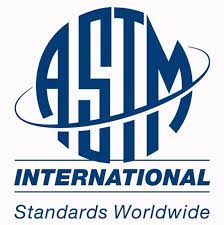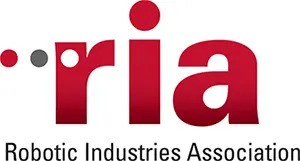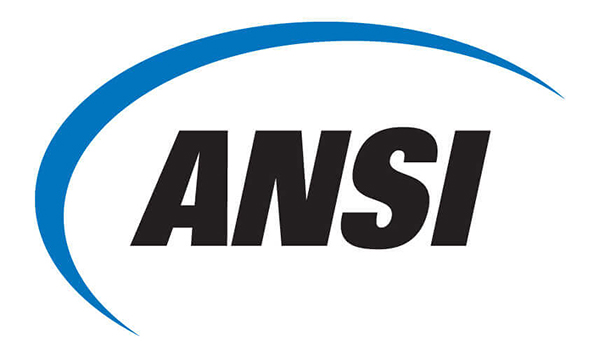Standard Practice for Documenting Environmental Conditions for Utilization with A-UGV Test Methods
This practice provides brief introduction to the following list of environmental conditions that can affect performance of the A-UGV: Lighting, External sensor emission, Temperature, Humidity, Electrical Interference, Air quality, Ground Surface, and Boundaries. This practice then breaks down each condition into sub-categories so that the user can document the various aspects associated with the category prior to A-UGV tests defined in ASTM F45 Test Methods

ASTM F3218-19
https://www.astm.org/f3218-19.html






